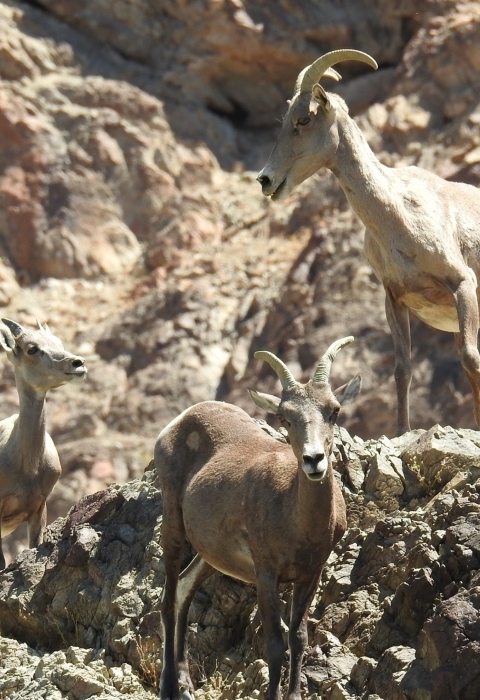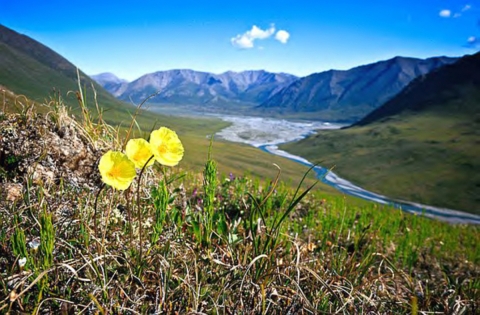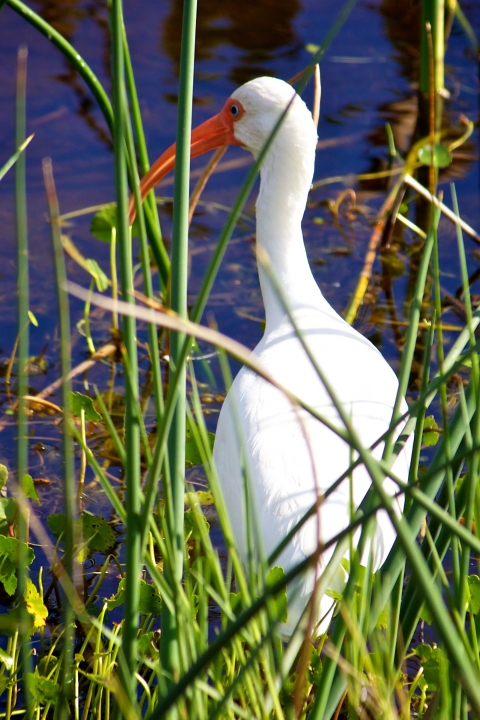By Michelle Reilly and Vanessa Kauffman
An Act to Establish a National Wilderness Preservation System for the Permanent Good of the Whole People, and for Other Purposes,” otherwise known as, The Wilderness Act, celebrates its 60th anniversary on September 3, 2024. The National Wilderness Preservation System was created out of the desire to secure the benefits of such areas for the future enjoyment of the American people.
In order to assure that an increasing population, accompanied by expanding settlement and growing mechanization, does not occupy and modify all areas within the United States and its possessions, leaving no lands designated for preservation and protection in their natural condition…”
The National Wilderness Preservation System is congressionally designated wilderness areas managed by four federal land management agencies: U.S. Fish and Wildlife Service, Bureau of Land Management, National Park Service, and USDA Forest Service. In 1964, with the passage of the Act, 54 areas in 13 states were designated as wilderness totaling 9.1 million acres. Since 1964, Congress has reaffirmed its support and added new wilderness almost every session!
MORE: A Proclamation on National Wilderness Month
In the United States, there are 806 wilderness areas totaling over 111 million acres. All but six states have wilderness designated and protected within their boundaries.
The Service has designated 75 wilderness areas in 26 states, on 63 national wildlife refuges totaling more than 20 million acres within the National Wildlife Refuge System. Wilderness areas are important habitat corridors for wildlife. Thousands of migratory birds, fish, mammals and many threatened and endangered species find a home in these often remote and protected natural habitats. See Wilderness Firsts in Spring 2024 Fish & Wildlife News.
In 1964, Congress stated that, “these shall be administered for the use and enjoyment of the American people in such manner as will leave them unimpaired for future use and enjoyment as wilderness, and so as to provide for the protection of these areas, the preservation of their wilderness character.”
The preservation of wilderness character, made of the five qualities – natural, undeveloped, untrammeled, outstanding opportunities for solitude or a primitive and unconfined type of recreation, and other features of ecological, geological, scientific, educational, scenic, or historical value – is how we as an agency uphold the public trust and honor the mandate set forth by Congress to allow for the “use and enjoyment as wilderness.”
In 1968, the Service was the first agency within the Department of the Interior to manage designated wilderness under the Wilderness Act, the Great Swamp Wilderness in New Jersey with 3,660 acres, part of Great Swamp National Wildlife Refuge.
The Service has the smallest designated wilderness area wilderness area
Wilderness areas are places untamed by humans. The Wilderness Act of 1964 allows Congress to designate wilderness areas for protection to ensure that America's pristine wild lands will not disappear. Wilderness areas can be part of national wildlife refuges, national parks, national forests or public lands managed by the Bureau of Land Management.
Learn more about wilderness area in the National Wilderness Preservation System – Pelican Island Wilderness – part of the Pelican Island National Wildlife Refuge, in Florida at only 5.5 acres. And 8 million acres of wilderness in Alaska – the Mollie Beattie Wilderness in the Arctic National Wildlife Refuge. Another 12 million acres has been proposed for protection. If designated and added to Mollie Beattie, this would be the largest wilderness in the National Wilderness Preservation System!
Fun Facts!
- The first refuge wilderness designated under the Wilderness Act was Great Swamp National Wildlife Refuge Wilderness designated in 1968. It is the first area east of the Mississippi designated as wilderness.
- The most recent refuge wilderness addition was added acres to Imperial Refuge Wilderness in California in 1994 in Imperial National Wildlife Refuge in Arizona.
- Cabeza Prieta Wilderness has the distinction of being Arizona’s largest wilderness area, encompassing nearly 93 percent of the Cabeza Prieta National Wildlife Refuge and totaling 803,418 acres. Cabeza Prieta is the largest wilderness managed by the Service in the continental US.
- In 1979, the Confederated Salish and Kootenai Tribes designated the Mission Mountains Tribal Wilderness, adjacent to the Mission Mountains Wilderness in Montana (managed by the Forest Service in Flathead National Forest), “to preserve quiet and untamed areas for cultural and spiritual use.” This was the first and still only Tribal wilderness in the U.S.
What a country chooses to save is what a country chooses to say about itself.” – Mollie Beattie, Director, U.S. Fish and Wildlife Service, 1993-1996





